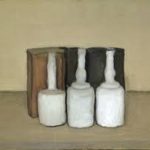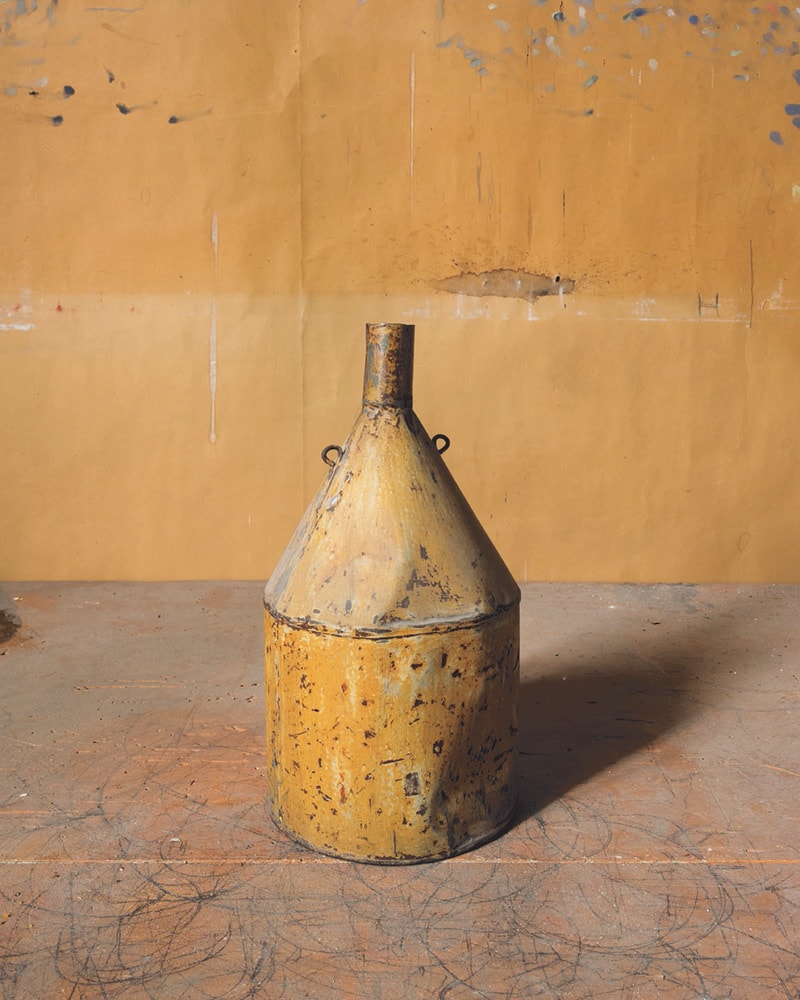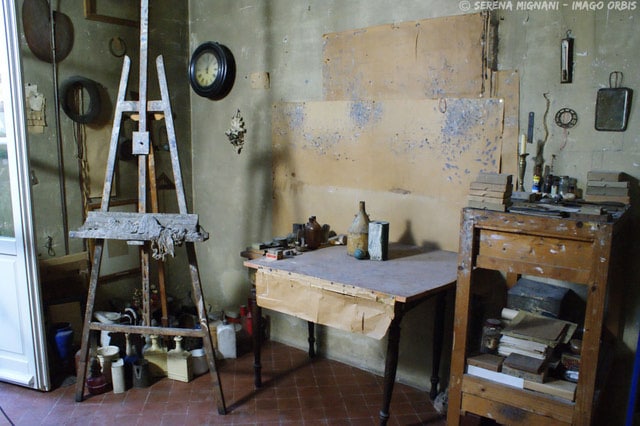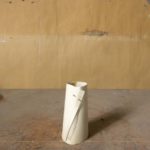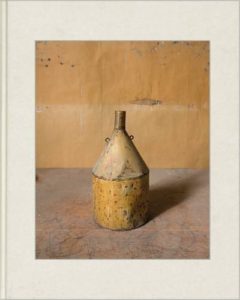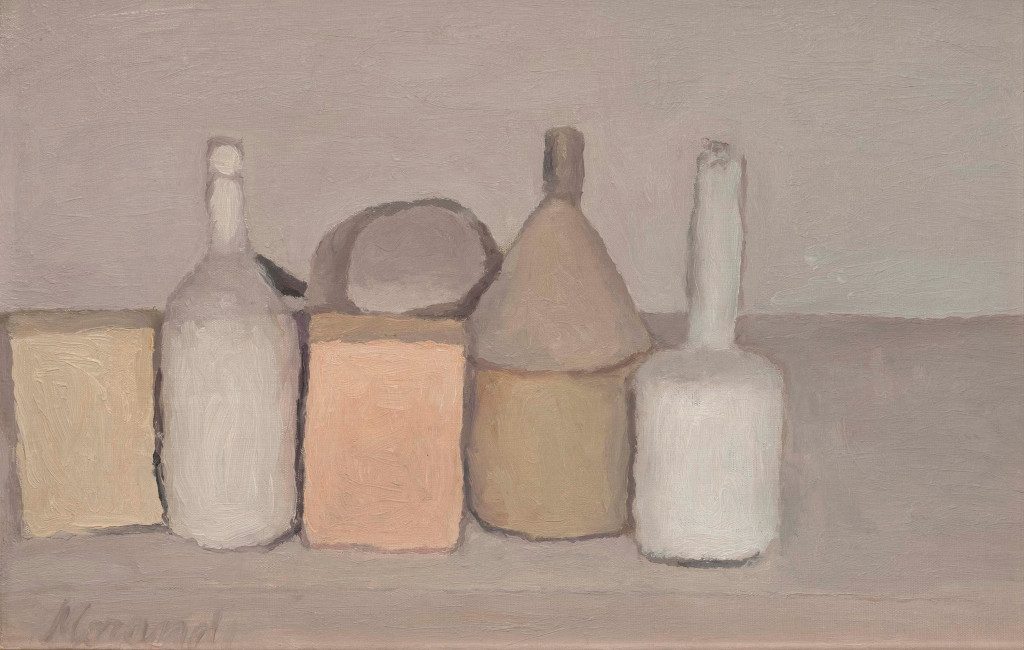
Image courtesy ArtHistoryProject.com
I love the work of Giorgio Morandi.
The Modern Pier at The Armory Show last week provided the opportunity to once again to see and experience a number of his paintings, many outstanding prints and his wonderfully abstract drawings at the Galleria d’Arte Maggiore booth.
And at another booth were some spectacular photographs of Morandi’s objects that gave insight his work.
In his lifetime Giorgio Morandi (1890–1964) created over 1,300 paintings, 133 etchings and countless drawings – the majority of which were still lifes using the same collection of objects in the same setting. His work is known and coveted for its meditative simplicity, masterly execution and quietude…
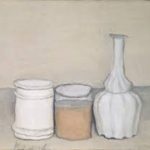
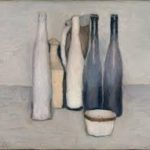
Enter Joel Meyerowitz
In ‘Morandi’s Objects,’ photographer Joel Meyerowitz created portraits of 270 objects used by Morandi for his still-life paintings. Howard Greenberg Gallery presented some of the images at The Armory Show that had been shot in Morandi’s Bologna studio in the exact spot where the painter had sat for over 40 years making his quiet, sublime still lifes. Meyerowitz captured the wondrous light and the simplicity of the objects in a cool-but-warm way.
Thanks to the support of the Istituzione Bologna Musei | Museo Morandi, Meyerowitz was granted access to the rooms in Casa Morandi, where the painter’s objects still remain. Taking over 700 photographs, Meyerowitz completed a profoundly taxonometric survey of 270 dust-covered objects in the small room where Morandi worked: vases, shells, bottles of all sizes, painted over, filled with raw pigments, colored bottles or plain, silk flowers, jugs, boxes, tin cans, funnels, and more. Meyerowitz treated his photographs as portraits, turning each object slowly until one facet spoke more clearly than any other and revealed the secret identity that Morandi valued each object for.
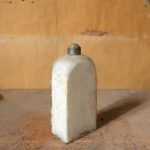
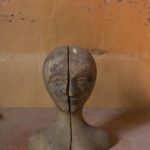
Meyerowitz captured the light that still falls, as it always has, on Morandi’s table with the circles and lines the painter drew to mark the positions of his objects. The background remains as Morandi left it, a pale, rosy golden paper that is brittle and ready to crumble at the slightest touch. His presence is in the room. As the essayist Maggie Barrett affirms, “entering the studio of such an important artist means exploring his soul in depth; a place inviting the visitor to translate these objects into a meaningful portrait of the artist.”
Damiani Press has produced a book of Meyerowitz’s photographs, titled ‘Morandi’s Objects‘, which are objective views of the objects that inform a deeper understanding of the paintings I find deeply informative about Morandi’s paintings themselves, and compelling in their own right. Perhaps you will agree — here’s the link to purchase it.
.

